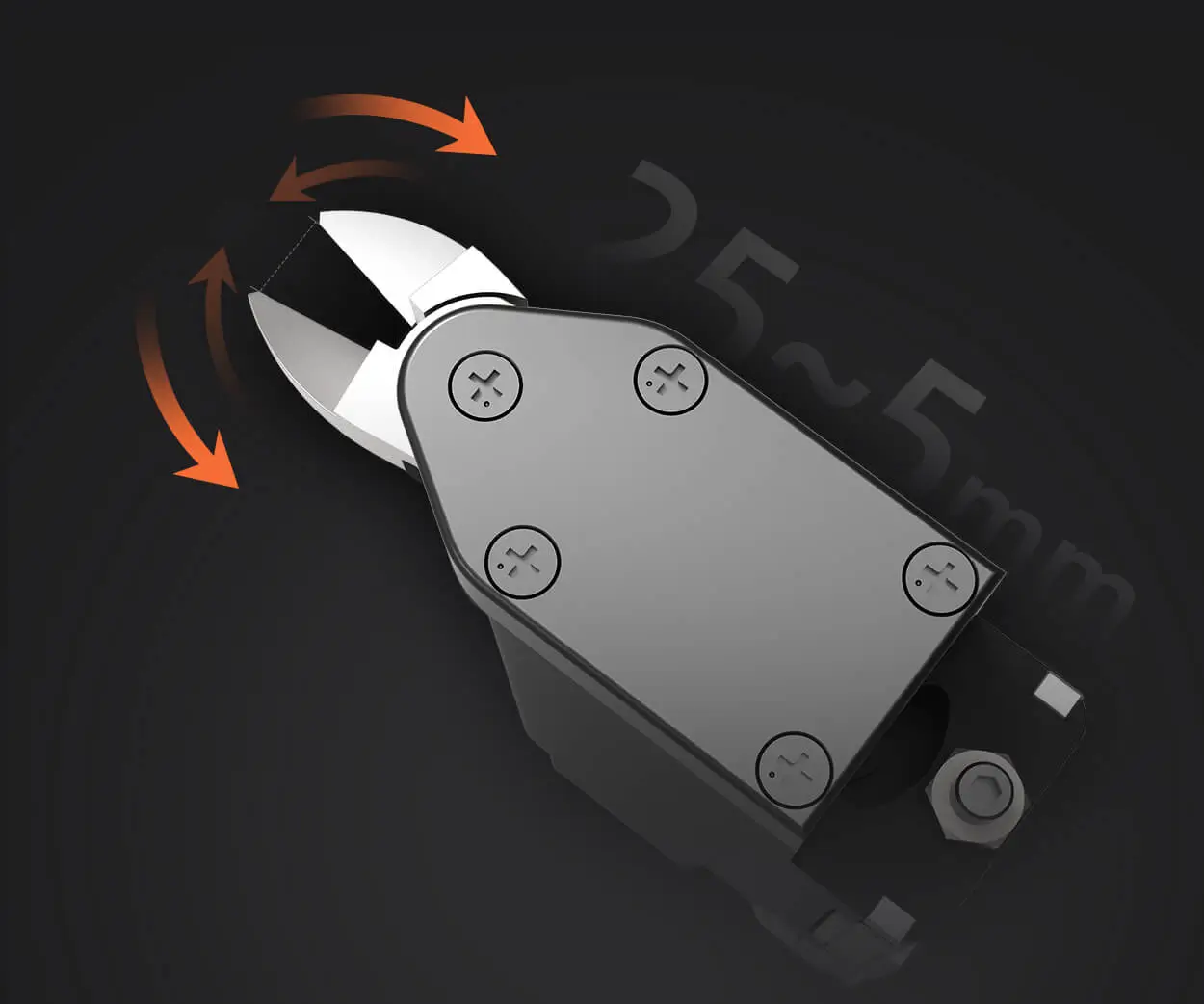Unlocking the Power of the Micro Servo 9g: An Essential Guide for Beginners and Enthusiasts
If you're someone who’s ventured into robotics, remote-controlled vehicles, or DIY automation projects, the micro servo 9g is likely a familiar name. It's small but mighty, offering a world of possibilities packed into a tiny package. Its versatility, affordability, and ease of use make it a favorite among hobbyists, students, and engineers alike.

In this guide, we'll walk through what exactly a micro servo 9g is, how it works, and most importantly—how to use it effectively to bring your ideas to life.
What Is a Micro Servo 9g?
Typically, the "9g" designation refers to the weight of the servo, which is approximately 9 grams, making it one of the lightest in the hobbyist servo family. Despite its small size, the micro servo 9g features a metal or plastic gear train and a coreless motor capable of precise movements.
This tiny marvel is designed primarily for applications requiring lightweight and compact components, such as small robots, drone camera gimbals, or miniature remote-controlled vehicles. The servo’s core functions include rotation, positioning, and holding an object at a specific angle, which is made possible through pulse-width modulation (PWM) signals.
Understanding the Basics: How Does a Micro Servo 9g Work?
A micro servo operates on a straightforward principle. It has an electric motor, a gear train, a potentiometer, and control circuitry.
Controller Signal: The servo receives PWM signals from a microcontroller or remote control device. These pulses determine the position of the servo arm, typically measured in degrees (0° to 180°).
Motor & Gearbox: Based on the directive, the motor turns, and the gear train translates this into precise angular movement.
Feedback Loop: The potentiometer provides real-time positional feedback to the control circuit, enabling the servo to hold its position accurately.
Power Supply: Usually powered by a 4.8V to 6V DC source, adequate for most micro servo 9g units.
Choosing the Right Micro Servo 9g for Your Project
Before diving into usage, selecting an appropriate servo is vital. Not all 9g servos are created equal. Some specifics to consider:
Torque: The torque indicates how much force the servo can exert. For lightweight projects like small robots or camera gimbals, a torque of 1-2 kg/cm is usually sufficient. For more demanding tasks, look for higher torque models.
Speed: How quickly the servo responds to control signals? For rapid movements, select a servo with a lower response time.
Voltage Range & Power: Confirm the operating voltage to match your power source. Some servos also support PWM signals at specific frequencies.
Size & Mounting Options: Ensure the servo's dimensions fit your design, and check for mounting holes or brackets.
Basic Components Needed to Use a Micro Servo 9g
Getting started is easier than you might think. Here’s what you’ll need:
Micro Servo 9g Microcontroller (Arduino, ESP32, etc.) or remote control receiver Power supply (regulated 5V DC) Connecting wires or jumper cables Breadboard or mounting platform Optional: signal generator, potentiometer, or joystick for manual control
Wiring the Micro Servo 9g
Proper wiring is fundamental for smooth operation. Most micro servos have three wires:
Red: Power (+5V) Black or Brown: Ground (GND) White, Yellow, or Orange: Signal (PWM control)
Connect these wires accordingly:
Power: Connect to your power supply, ensuring it supplies a steady 5V. Avoid powering the servo directly from USB if your power source is insufficient, as it may cause voltage dips affecting operation.
Ground: Connect GND to the common ground of your power source and microcontroller.
Signal: Connect PWM signal pin from your microcontroller or control device.
Tip: Use a capacitor (100 µF) across the power and ground lines to help smooth out voltage fluctuations, especially if powering multiple servos.
Programming Your Micro Servo 9g
To control the servo, you'll need to send appropriate PWM signals from your microcontroller. Here’s a basic example using Arduino:
#include Servo myServo; // create servo object void setup() { myServo.attach(9); // attach servo to digital pin 9 } void loop() { myServo.write(0); // move to 0 degrees delay(1000); myServo.write(90); // move to 90 degrees delay(1000); myServo.write(180); // move to 180 degrees delay(1000); }
This simple script rotates the servo to three positions with 1-second delays. Adjust the angles and delays to fit your application, and experiment with smooth movements for more natural motion.
Testing & Troubleshooting
Once wired and programmed, power up your project. If the servo doesn’t respond or jitters, check the following:
Proper power connection: Ensure voltage and current are adequate. Correct wiring: Double-check the connections, especially the signal line. Code correctness: Confirm the PWM signals are correctly formatted. Servo health: Some servos may be defective; try testing with a different unit.
Creative Uses for Micro Servo 9g
Now that you know how to use it, it’s inspiring to think about what you can create:
Miniature robotic arms Camera gimbals for stabilization Automated curtains or blinds RC airplane control surfaces Articulated sculptures or animatronics
The tiny size and control precision make it a perfect fit for intricate projects needing delicate movements.
Next-Level Tips and Creative Ideas (Will follow in the second part)
Kpower has delivered professional drive system solutions to over 500 enterprise clients globally with products covering various fields such as Smart Home Systems, Automatic Electronics, Robotics, Precision Agriculture, Drones, and Industrial Automation.




































